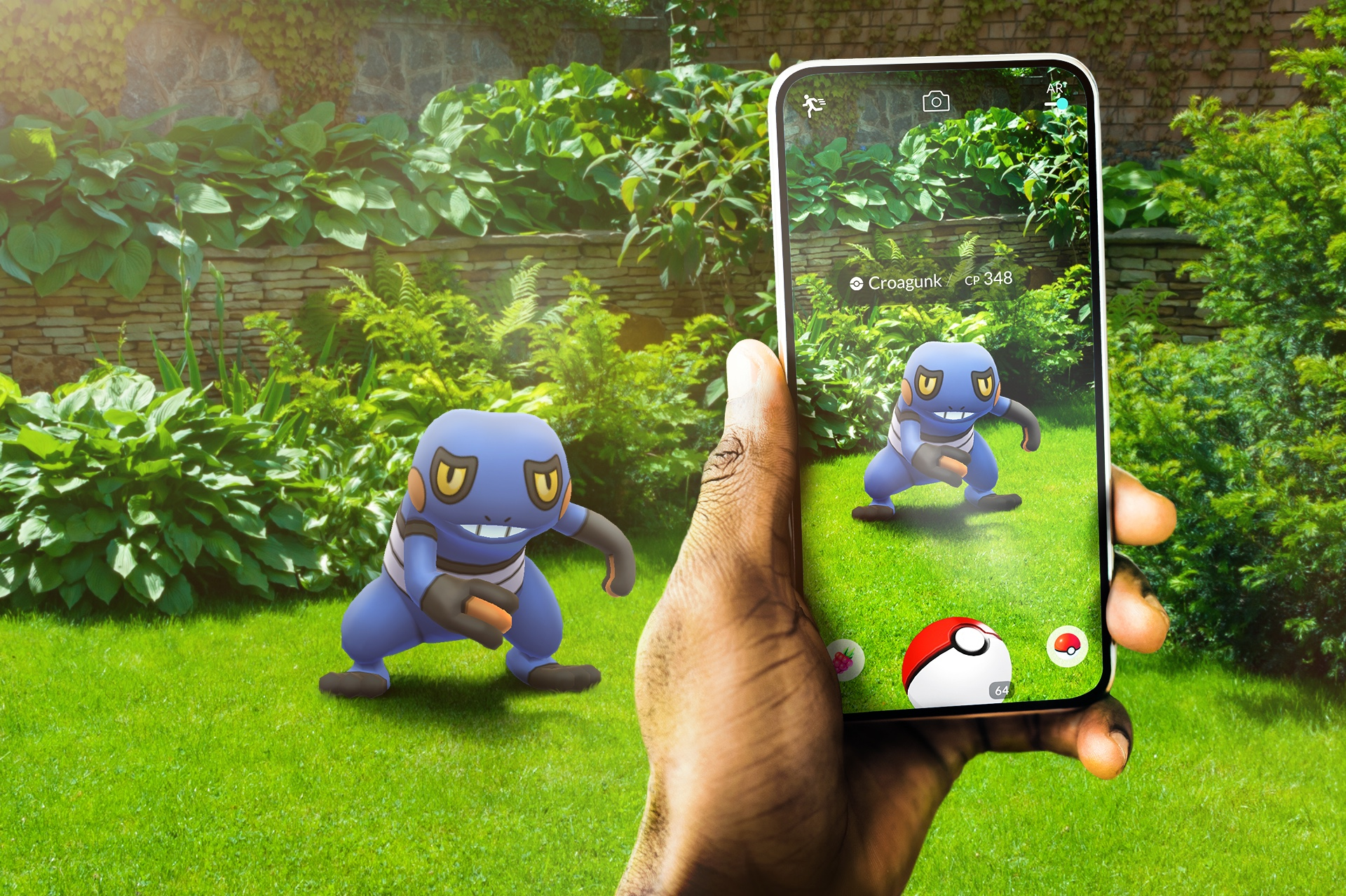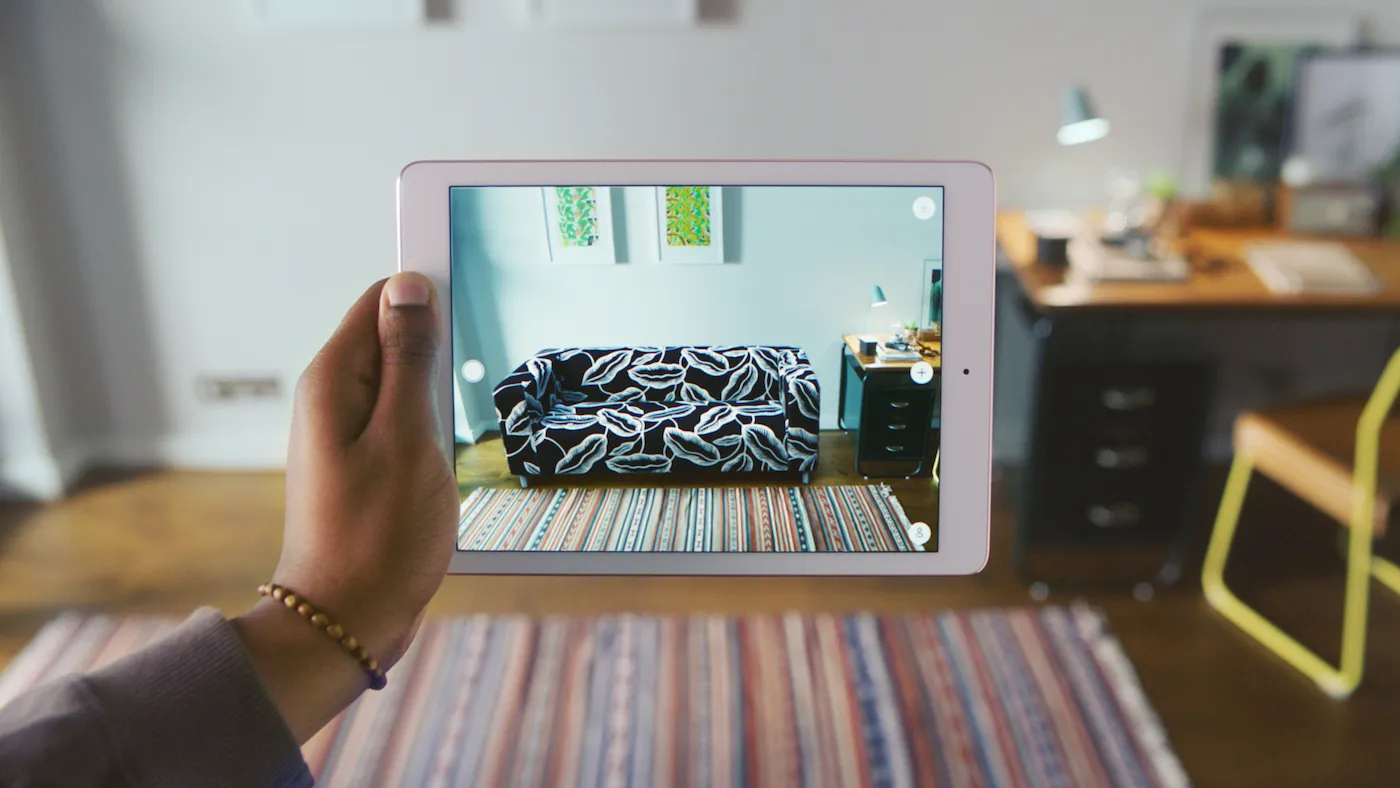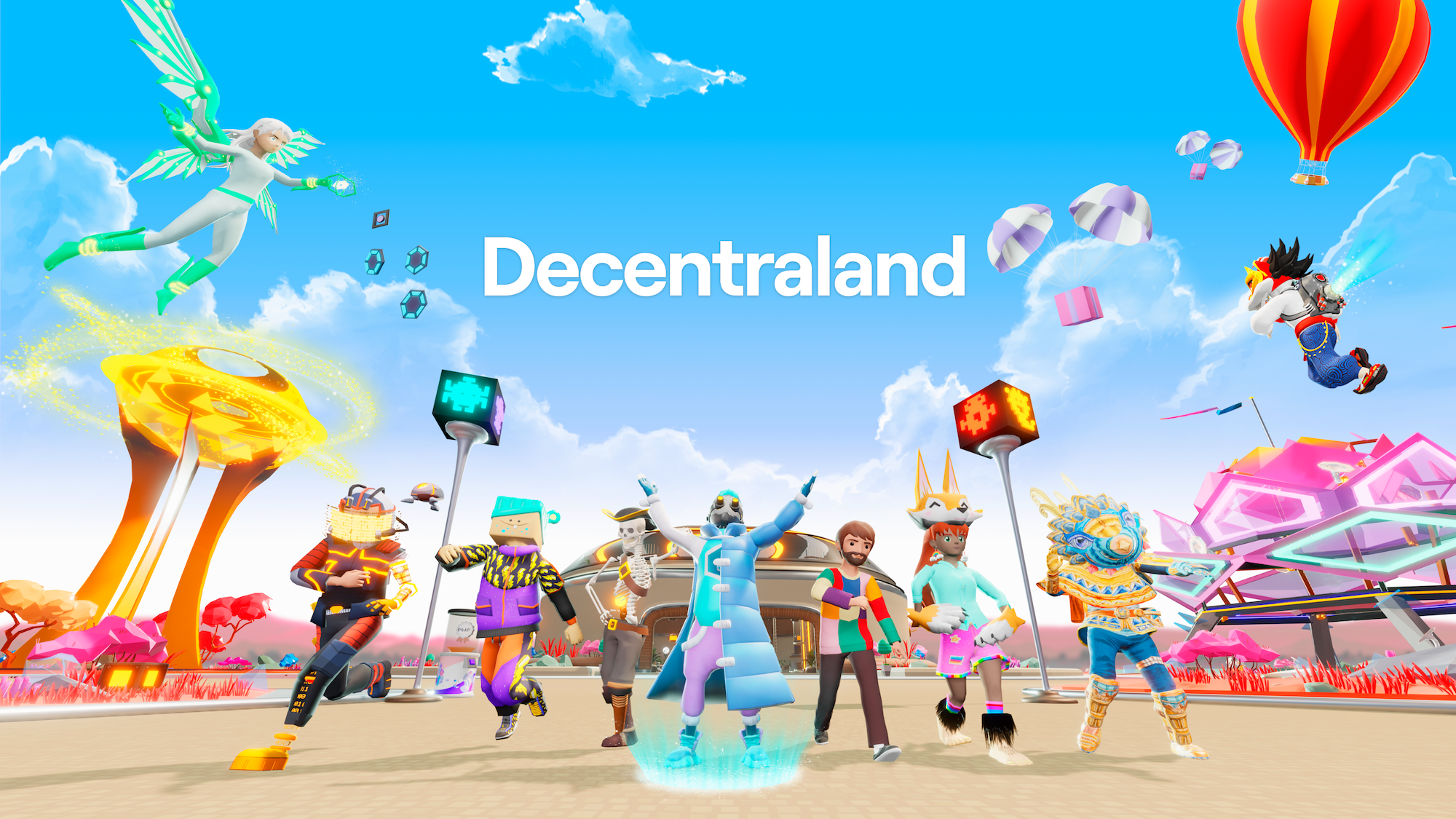Virtual Spaces Design is Future | 매거진에 참여하세요
Virtual Spaces Design is Future
#AR #XR #Virtual #Space #Design #UX #Story #Role #Designer
The Designer’s New Role: Creating Virtual Spaces in the AR/XR Era
From screen decorators to immersive experience architects
Beyond Reality: A New Stage for Designers
The phrase “designing space” once referred to architecture, interiors, or urban planning
— physical environments optimized for human behavior and aesthetics.
But that’s changed.
With advances in technology, designers are no longer bound by the physical world.
They now craft virtual spaces — immersive environments where users interact, navigate, and experience beyond the screen.
Virtual space design goes beyond traditional 2D UI. It involves building 3D experiences that are responsive, interactive, and often exist across multiple platforms
— from mobile AR games and metaverse meetings to virtual exhibitions.
These environments are not just about looking good
— they must guide attention, movement, and interaction in meaningful, user-centric ways.
AR/XR Is Redefining Spatial Design
The rise of AR (Augmented Reality) and XR (Extended Reality) is reshaping how we think about digital space.
AR overlays digital content onto the real world.
Example: Pokémon GO, or IKEA’s AR app that lets you place virtual furniture in your living room.
AR design demands a context-aware approach — how does digital content behave within a real physical setting?
XR is the umbrella term for AR, VR, and MR — all experiences that blend digital and physical realities.
Example: A virtual office in the metaverse, where users interact as avatars in immersive 3D environments.
In XR, design must consider not just interface and layout, but presence, psychological engagement, and spatial storytelling.

The New Skillset of a Virtual Space Designer
Designers in AR/XR are no longer simply visual stylists — they are experience architects in digital space.

Key skills include:
- 3D Spatial Literacy
Understanding depth, proportion, and spatial navigation.- Tool Proficiency
Familiarity with tools like Unity, Unreal Engine, WebXR, Adobe Aero.- Immersive UX Design
Mapping user behavior across multi-sensory, 3D journeys.- Narrative Thinking
Designing spaces that tell stories and guide emotional flow.
Most importantly, virtual space design requires scenario-driven planning — defining how users enter, explore, and emotionally respond to environments, step by step.
Real-World Examples of Virtual Space Design
Nike AR Store
Nike’s app lets users try on shoes virtually using their smartphone camera. It’s not just a tech gimmick
— it’s a brand experience, a spatial UI, and a product interaction all at once.

MOR (Museum of Other Realities)
A virtual art museum showcasing installations that defy physics and space. Here, visitors move as avatars through works that can’t exist in the physical world — offering a glimpse into what digital-only curation can achieve.

Decentraland
A virtual land platform where users own real estate via NFTs. Designers create brand showrooms, galleries, and performance spaces that must attract foot traffic, retain visitors, and function like real-world venues — only with no physical limits.

The Challenges and Opportunities of Designing for AR/XR
Challenges:
- Hardware Barriers
Many XR experiences still rely on expensive devices like Meta Quest or Apple Vision Pro.- Lack of Standards
Unlike mobile/web, spatial design has no universally accepted guidelines yet.- User Fatigue
Over-immersion can exhaust or alienate users.- Ethical Risks
Concerns about manipulated environments, visual bias, or in-space advertising persist.
Opportunities:
- Global Presence
Virtual spaces connect users globally, in real time, without physical limitations.- Cost Efficiency
Brands can launch immersive environments without building physical stores or showrooms.- Creative Freedom
Designers can bypass real-world physics, scale, and material constraints.- Digital Twin Integration
Cities, factories, or hospitals can be replicated digitally for simulation, planning, and optimization.
Designers Are Now Experience Engineers
Virtual space design is not a trend — it’s a shift in the designer’s core role.
It’s no longer just about what users see.
It’s about how they feel, move, react, and remember.
Future designers won’t just build screens — they’ll build journeys, atmospheres, and interactions.
Not just UX, but UXX: User eXperience eXtended.
Technology will keep evolving, but the human need for connection, meaning, and emotional resonance will remain.
AR/XR design is where these needs meet the tools of the future.






